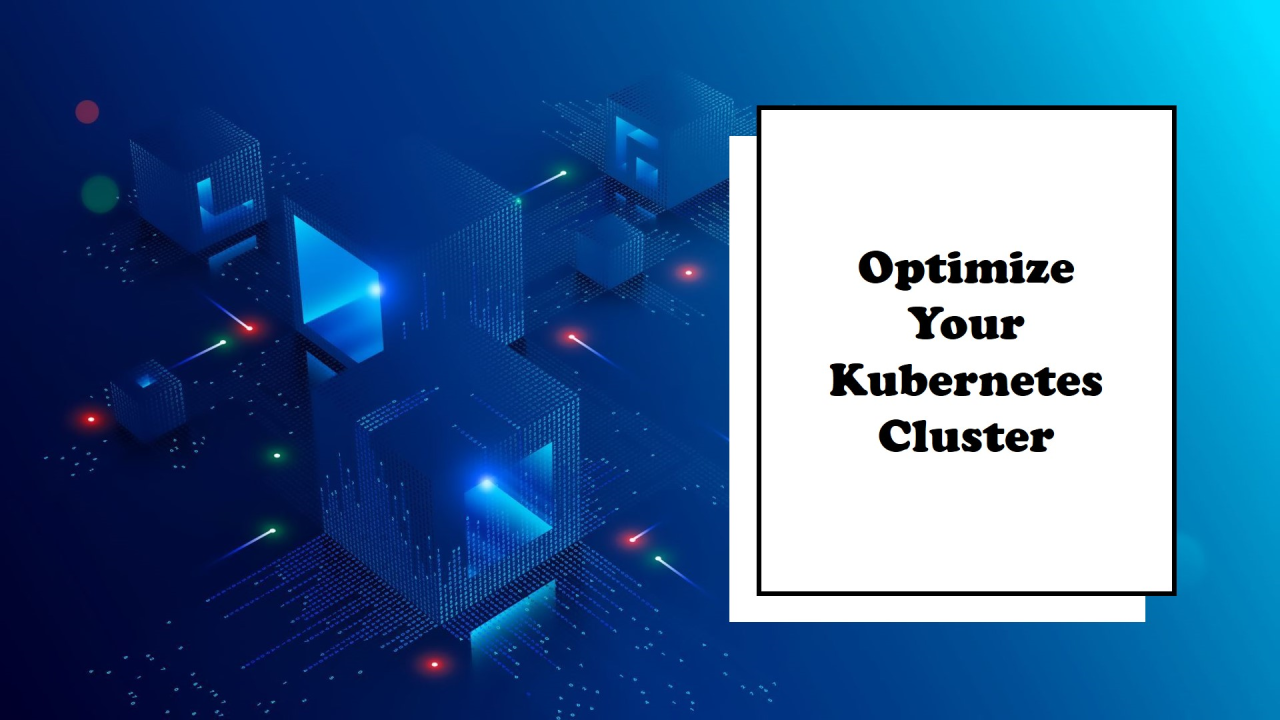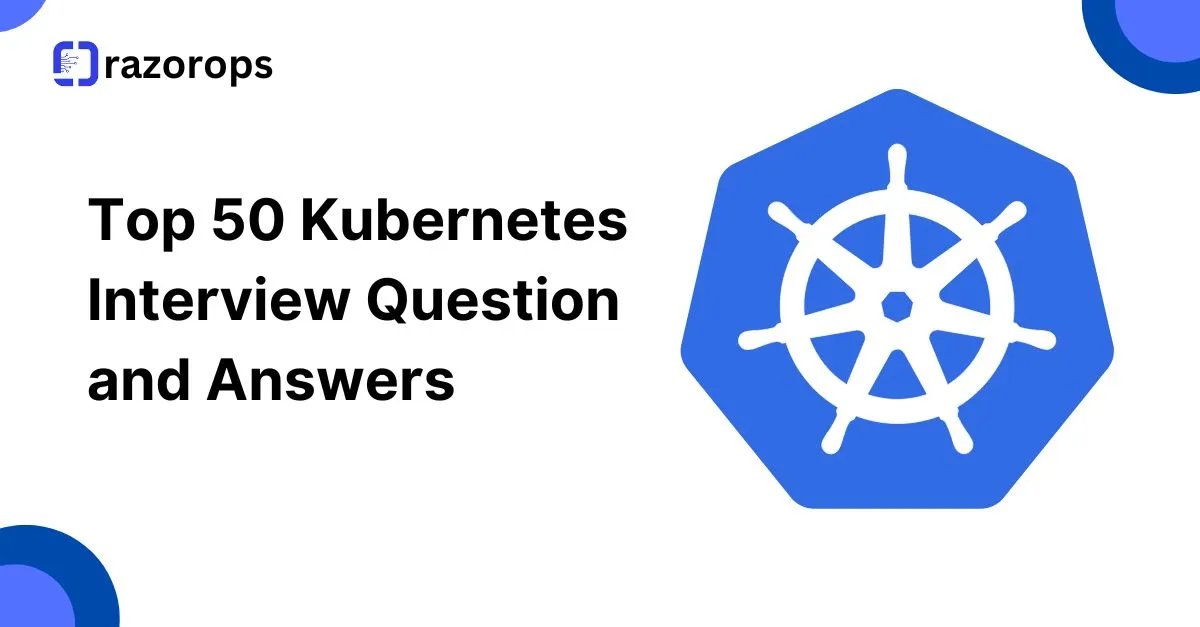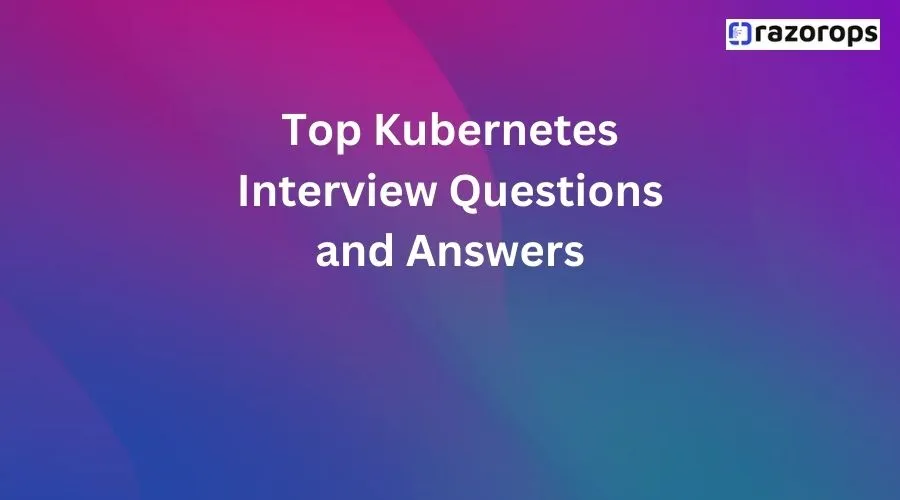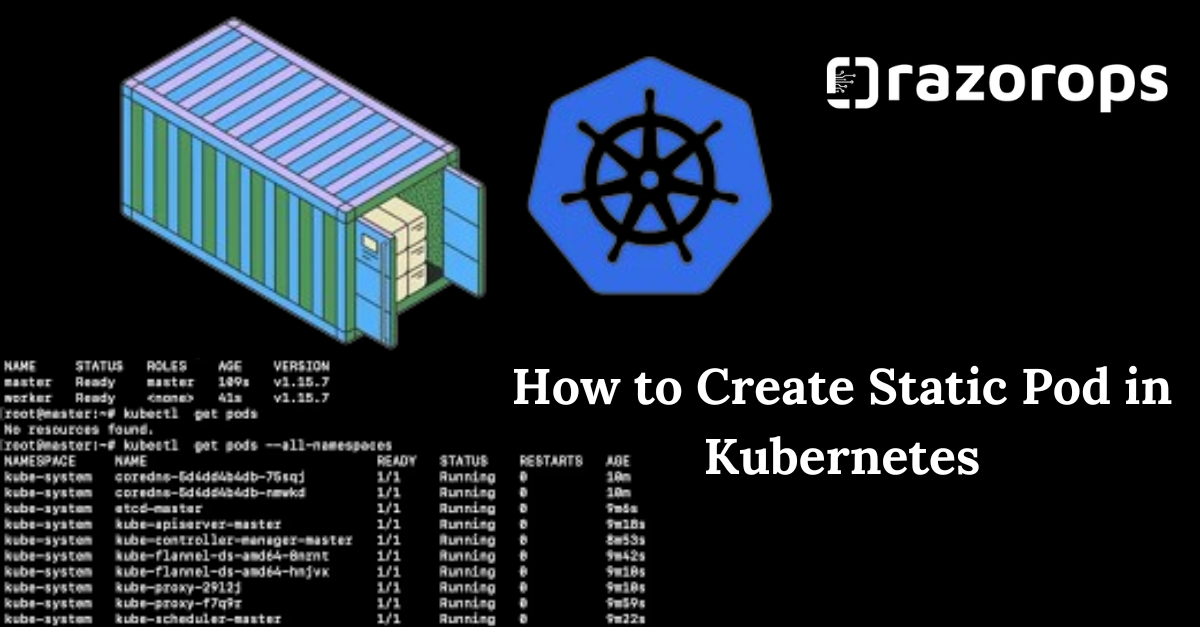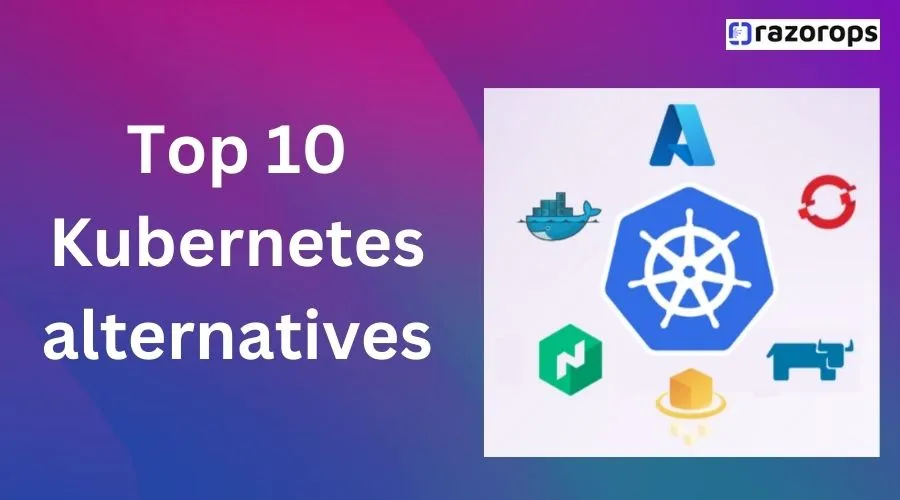The History of Kubernetes

Kubernetes, an open-source platform for automating the deployment, scaling, and management of containerized applications, has come a long way since its inception. As it celebrates its 10th birthday, here’s a look back at its history and milestones:
1. Origins and Early Development
- 2014: Kubernetes was born at Google, based on the lessons learned from Google’s internal cluster management system, Borg. Google introduced Kubernetes as an open-source project in June 2014.
- July 2014: The project was made publicly available on GitHub. The name “Kubernetes” comes from the Greek word for “helmsman” or “pilot,” reflecting its role in steering application containers.
2. Initial Release and Growth
- 2015: Kubernetes 1.0 was officially released in July 2015. At this point, Google partnered with the Linux Foundation to form the Cloud Native Computing Foundation (CNCF), with Kubernetes as the seed technology.
- 2016: Kubernetes began gaining significant traction, with major cloud providers like Microsoft Azure, AWS, and IBM supporting it. The community started to grow rapidly, contributing to its development and adoption.
3. Major Milestones
- 2017: Kubernetes 1.6 was released, featuring new improvements in scalability, stability, and security. The project also introduced new concepts like StatefulSets for stateful applications.
- 2018: Kubernetes 1.10 was launched, bringing enhanced storage and networking features. This year also saw the introduction of Kubernetes as a managed service by major cloud providers (e.g., Google Kubernetes Engine, Amazon EKS, Azure AKS).
- 2019: Kubernetes reached a significant milestone with the release of version 1.14, which introduced Windows container support. This broadened its appeal and usability across different operating systems.
4. Continued Evolution and Community Growth
- 2020: Despite the challenges posed by the global pandemic, Kubernetes continued to evolve. Version 1.18 included significant enhancements in extensibility and customizability.
- 2021: Kubernetes celebrated its 7th anniversary with version 1.22, which introduced new features and enhancements such as server-side apply and better support for CRDs (Custom Resource Definitions).
- 2022: The Kubernetes community continued to grow, with increasing contributions from diverse organizations. Version 1.24 brought improvements in security and ease of use.
5. Kubernetes at 10
- 2024: Kubernetes celebrates its 10th birthday. By this time, it has become the de facto standard for container orchestration. It is widely used in production by organizations of all sizes and has a vibrant and active community contributing to its ongoing development. Kubernetes has evolved to support a wide range of workloads, from microservices to machine learning applications.
6. Impact and Legacy
Kubernetes has revolutionized the way applications are deployed and managed in the cloud. It has brought containerization into the mainstream, enabling organizations to build, deploy, and scale applications with unprecedented ease and efficiency. The project’s success is a testament to the power of open-source collaboration and community-driven development.
Key Takeaways
- Kubernetes started as an internal project at Google and quickly became a critical open-source project with widespread adoption.
- Over the past decade, it has continuously evolved, with contributions from a global community of developers and companies.
- It has played a significant role in advancing the cloud-native ecosystem, influencing the development of other technologies like service meshes, serverless computing, and more.
As Kubernetes continues to grow and evolve, it remains at the forefront of innovation in cloud-native computing, shaping the future of software development and deployment.
Why kubernetes is so populer in last 10 years?
Kubernetes has gained immense popularity over the last decade for several compelling reasons:
1. Container Orchestration and Management
- Automated Container Deployment: Kubernetes automates the deployment, scaling, and operations of application containers, making it easier to manage large-scale, complex applications.
- Self-Healing: Kubernetes can automatically restart failed containers, replace them, and reschedule them across nodes, ensuring high availability and resilience.
2. Scalability and Flexibility
- Horizontal Scaling: Kubernetes can scale applications up and down based on demand, distributing traffic and resources efficiently.
- Platform Agnostic: Kubernetes can run on various environments, including on-premises, public clouds (AWS, Azure, Google Cloud), hybrid, and multi-cloud setups.
3. Extensibility and Customization
- Extensible Architecture: Kubernetes’ modular architecture allows for extensive customization through plugins, extensions, and APIs.
- Custom Resource Definitions (CRDs): Users can define their own resources and controllers to extend Kubernetes functionality.
4. Community and Ecosystem
- Strong Open Source Community: Kubernetes is supported by a large, active community contributing to its development and innovation.
- Rich Ecosystem: There are numerous tools and projects built around Kubernetes, including Helm for package management, Istio for service mesh, and Prometheus for monitoring.
5. Enterprise Adoption and Support
- Industry Standard: Kubernetes has become the de facto standard for container orchestration, endorsed and supported by major enterprises and cloud providers.
- Managed Services: Major cloud providers offer managed Kubernetes services (e.g., Google Kubernetes Engine, Amazon EKS, Azure AKS), simplifying the setup and management process.
6. Microservices and DevOps
- Support for Microservices: Kubernetes supports microservices architecture by allowing independent deployment, scaling, and management of individual services.
- DevOps Integration: Kubernetes integrates well with DevOps practices, enabling continuous integration and continuous deployment (CI/CD) pipelines.
7. Operational Efficiency
- Resource Optimization: Kubernetes optimizes resource utilization by efficiently scheduling workloads based on available resources.
- Consistent Environments: Kubernetes ensures consistency across different environments (development, testing, production), reducing “works on my machine” issues.
8. Innovation and Modernization
- Cloud-Native Applications: Kubernetes has been a driving force behind the cloud-native movement, encouraging the development of modern, scalable applications.
- Rapid Adoption of New Technologies: Kubernetes supports and integrates with cutting-edge technologies, such as serverless computing and artificial intelligence/machine learning (AI/ML) workloads.
9. Security and Compliance
- Built-in Security Features: Kubernetes offers features like role-based access control (RBAC), secrets management, and network policies to enhance security.
- Compliance: Kubernetes helps organizations meet regulatory and compliance requirements by providing robust security and monitoring tools.
10. Community and Educational Resources
- Educational Resources: There is a wealth of educational materials, documentation, tutorials, and training programs available for Kubernetes.
- Community Events: Conferences like KubeCon, meetups, and other community events help spread knowledge and best practices.
The future of Kubernetes after 2024
The future of Kubernetes after 2024 is likely to be characterized by continued evolution, innovation, and increasing adoption across diverse industries. Here are some key trends and potential developments that may shape the future of Kubernetes:
1. Enhanced Developer Experience
- Simplified Interfaces and Tooling: Expect further enhancements in user interfaces, command-line tools, and integrated development environments (IDEs) to make Kubernetes more accessible and easier to use for developers.
- Declarative and Intent-Based APIs: Continued focus on simplifying the declaration of desired states and intents for applications, reducing the complexity of Kubernetes configurations.
2. Edge Computing and IoT Integration
- Edge Orchestration: Kubernetes will likely play a significant role in orchestrating workloads at the edge, bringing compute closer to data sources and reducing latency for Internet of Things (IoT) applications.
- Lightweight Distributions: More lightweight and specialized Kubernetes distributions (like K3s) will be developed to run efficiently on edge devices with limited resources.
3. Serverless and Function-as-a-Service (FaaS)
- Native Serverless Support: Enhanced support for serverless workloads, enabling developers to deploy functions without managing the underlying infrastructure.
- Integration with Serverless Platforms: Better integration with serverless platforms and frameworks, simplifying the deployment of serverless applications on Kubernetes.
4. AI/ML and Data-Intensive Workloads
- Optimized AI/ML Workflows: Improved support for AI/ML workloads, including better integration with frameworks like TensorFlow and PyTorch, and optimizations for GPU and TPU utilization.
- Data Management: Advanced data management solutions for Kubernetes, facilitating efficient handling of large datasets and stateful applications.
5. Security and Compliance
- Zero Trust Security Models: Implementation of zero trust security principles within Kubernetes environments, enhancing security through continuous verification of users and devices.
- Automated Compliance: Tools and features that automate compliance checks and ensure adherence to regulatory standards across Kubernetes deployments.
6. Interoperability and Hybrid Cloud
- Multi-Cluster and Federation: Enhanced multi-cluster management and federation capabilities, allowing seamless operations across hybrid and multi-cloud environments.
- Standardization and Interoperability: Increased focus on standardization and interoperability, making it easier to integrate Kubernetes with other cloud-native technologies and services.
7. Sustainability and Efficiency
- Energy-Efficient Computing: Innovations aimed at reducing the energy consumption of Kubernetes clusters, contributing to more sustainable IT operations.
- Cost Optimization: Advanced cost management tools to help organizations optimize their Kubernetes resource usage and reduce operational expenses.
8. Community and Ecosystem Growth
- Expanded Community Contributions: Continued growth of the Kubernetes community, with more contributions from a diverse range of organizations and individuals.
- Ecosystem Integration: Expansion of the Kubernetes ecosystem with new tools, platforms, and services that enhance the capabilities and usability of Kubernetes.
9. Advanced Observability and Automation
- Enhanced Observability: Improved observability tools and practices for better monitoring, logging, and tracing of Kubernetes environments.
- AI-Driven Automation: Increased use of AI and machine learning to automate complex operational tasks, such as anomaly detection, predictive scaling, and automated remediation.
10. Industry-Specific Solutions
- Vertical Solutions: Development of industry-specific Kubernetes solutions tailored to the unique needs of sectors such as finance, healthcare, telecommunications, and manufacturing.
- Compliance and Regulation: Customized solutions to meet specific regulatory and compliance requirements of different industries.
Conclusion
Kubernetes is poised to remain a cornerstone of cloud-native infrastructure, continually adapting to meet the evolving needs of developers, enterprises, and emerging technologies. Its future will be shaped by ongoing innovation, enhanced usability, and a thriving community, ensuring its relevance and impact in the years to come.

